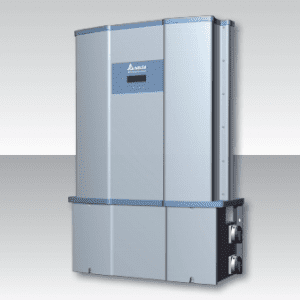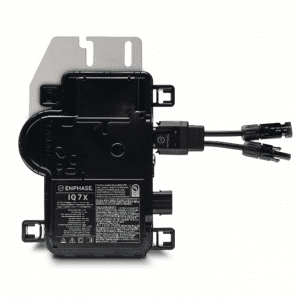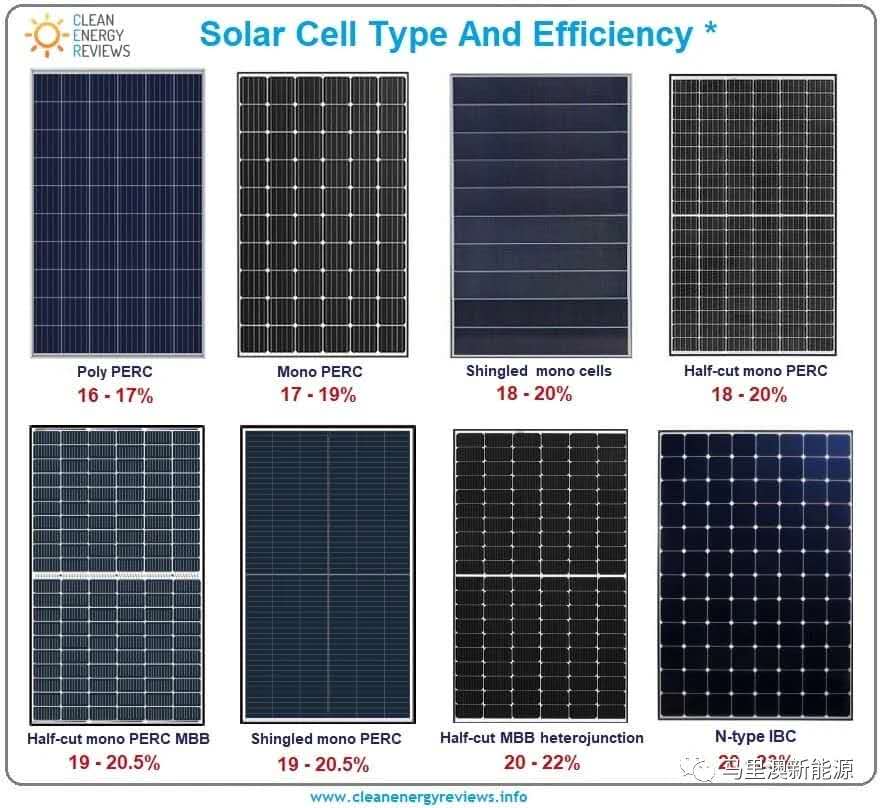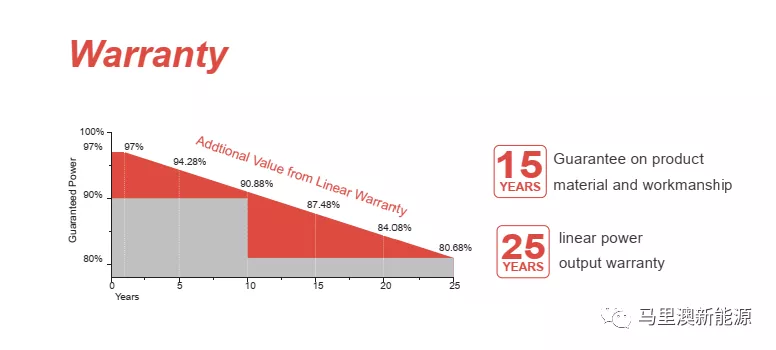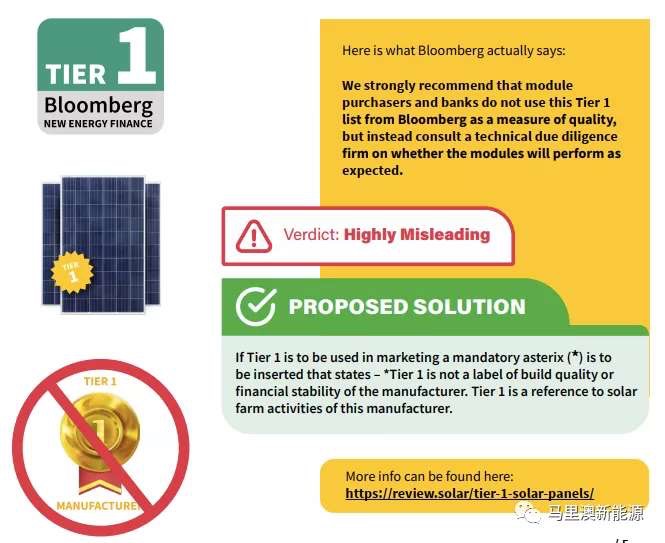Guides in Choosing Solar PV System
Installing a home solar energy system is a smart financial investmentfor many homeowners. As you evaluate offers from solar companies, there are many different factors to consider – the equipment that you choose for your system, your financing options, and the installer that you select all have an impact on your solar savings.
Factors in Choosing Solar PV.
There are two main components to a grid-connected solar energy system: the solar panels themselves, which create electricity from sunlight, and the inverter, which converts the electricity into a form you can use in your home. Some also include a monitoring system, which allows you to see how much power you’re creating and using. And while solar batteries haven’t yet hit the mainstream, other technologies are making it possible for homeowners to consider incorporating a battery into their system.
3 Important Factors in Choosing Solar PV.
- Determine solar panel efficiency and compare to industry average of 16-18%
- Check solar panel manufacturer warranties against industry average of 10-25 years
- Compare cost to relative efficiency – efficiency is important, but the most efficient panels aren’t always the best value
Click here to see the list of the leading Solar PV System manufacturer in Australia
Criteria to use when selecting a Solar panel.
You can evaluate solar panels on a few main parameters: production, durability and manufacturer quality.
The amount of electricity a given solar panel can produce will produce is dependent on several factors, including the power rating, power tolerance, efficiency and temperature coefficient. Taken together, these factors will tell you how much power your panel will be able to produce.
You’ll also want to look at indicators of panel manufacturer quality. Start with the warrantees and assurances that the manufacturer offers on their equipment. Like all things, solar panels degrade and become less efficient over time. Many manufacturers will guarantee that the power production of their panels doesn’t fall below a certain threshold over twenty-five years. In addition, many panel manufacturers have a materials warranty in case the panels simply fail.
Most solar panels are very durable, but if you live in an area that has heavy snow or high wind, you should also be sure that the panels you install are designed to withstand the conditions in your area. Look for panels that meet the IEC 61215, a reliability standard established by the International Electrotechnical Commission (IEC). IEC 61215 uses an accelerated outdoor stress test for panels to ensure their durability.
Choosing Solar Inverters
It’s the job of the inverter in your solar energy system to convert the solar energy into something you can use. Solar panels take solar energy and make it into direct current (DC) power. The inverter’s job is to convert that DC power into the alternating current (AC) electricity that can be used in your home.
There are two general types of inverters: string inverters and module-level power electronics (MLPEs). Both microinverters and power optimizers are both MLPEs.
String inverters are the lowest-cost option for a solar energy system. If your system has optimal conditions for production, they are usually a good choice for your home. When your solar panel system has a string inverter, all of your panels feed all of the DC power they produce to a single inverter. The inverter then changes the DC energy to AC power, at which point your solar energy is ready to use.
MLPEs are generally more expensive, but they can also be more efficient. MLPEs are a good choice if your solar energy system may be slightly shaded or can’t be installed at the best angle. When you use microinverters, each panel has its own inverter to transform the power it creates and feed it to your house. Power optimizers, like microinverters, are also installed on every panel, but power optimizers are paired with a string inverter. The power optimizer “conditions” the energy, making it easier to convert from DC to AC, at which point it is sent to the main inverter.
Examples of Solar Inverters:
